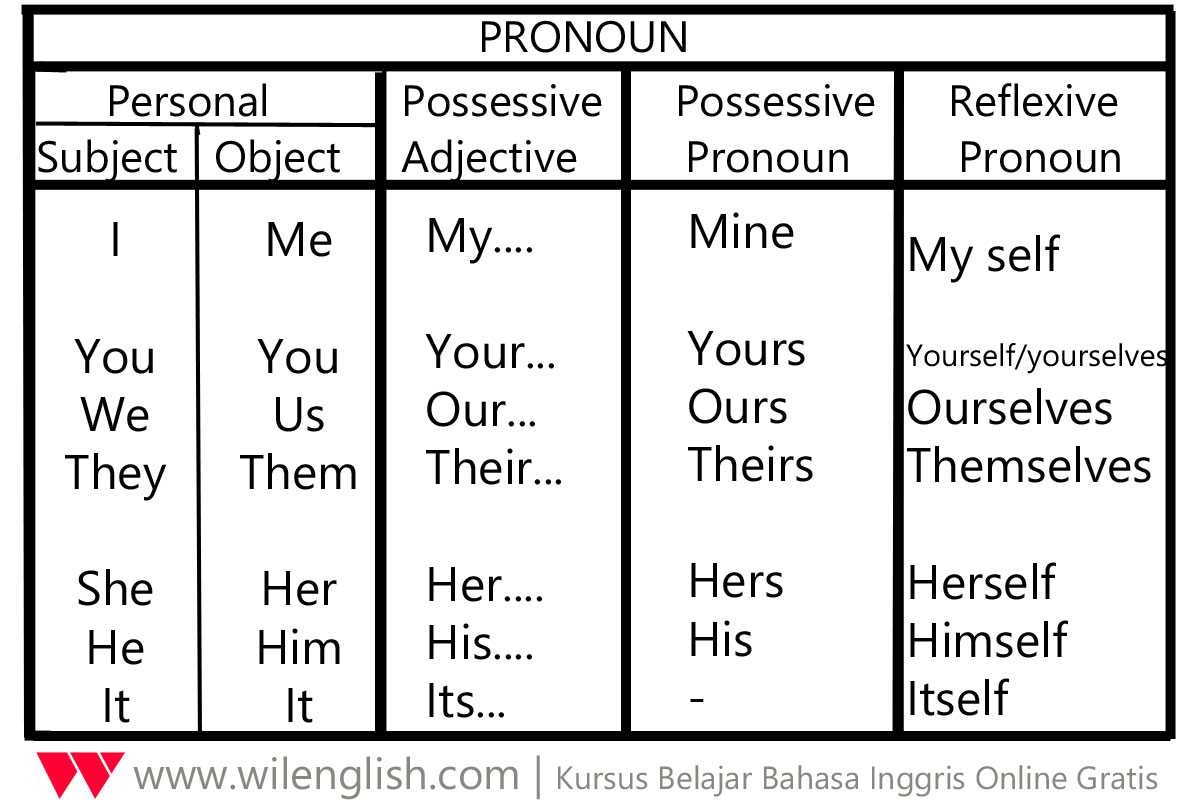Personal pronouns are an essential part of the English language. They are used in place of nouns to avoid repetition and make sentences more concise. Personal pronouns refer to specific people or things without explicitly naming them. Understanding personal pronouns is crucial for effective communication and writing.
Personal pronouns can be divided into three categories: first person, second person, and third person. First person pronouns refer to the speaker or speakers (I, me, we, us). Second person pronouns refer to the person or people being spoken to (you). Third person pronouns refer to the person or people being spoken about (he, she, it, they).
Definition of Personal Pronoun
A personal pronoun is a word that is used to replace a noun to avoid repetition or to make a sentence less cumbersome. Personal pronouns can indicate the person speaking (first person), the person being spoken to (second person), or the person or thing being spoken about (third person). Personal pronouns play a crucial role in maintaining the flow and clarity of a sentence.
Personal pronouns can also indicate gender. For example, “he” is used to refer to a male, “she” is used to refer to a female, and “they” can be used as a gender-neutral pronoun. Using the correct personal pronouns is important for respecting an individual’s gender identity and promoting inclusivity in language.
Personal pronouns can also vary in number. Singular pronouns are used when referring to one person or thing (e.g., he, she, it), while plural pronouns are used when referring to more than one person or thing (e.g., they, we, us). It is important to match the number of the pronoun with the number of the noun it is replacing to ensure grammatical correctness.
In conclusion, personal pronouns are a vital component of the English language. They help to make sentences more concise, avoid repetition, and maintain clarity in communication. Understanding the different types of personal pronouns and how to use them correctly is essential for effective writing and speaking. By using personal pronouns accurately, we can enhance our language skills and improve our ability to express ourselves clearly.
